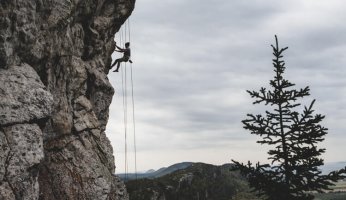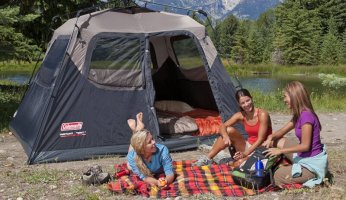How to Set up a Campsite?
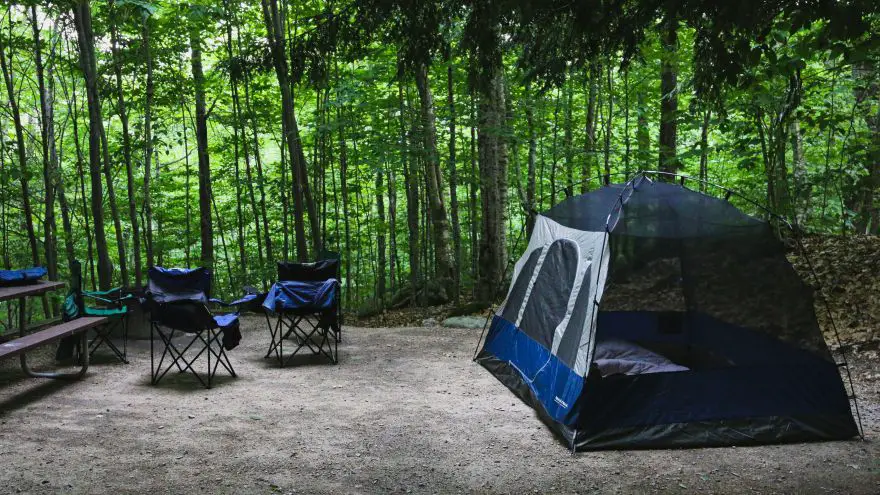 How to Set up a Campsite?
gearweare.net
How to Set up a Campsite?
gearweare.net
Camping, a time when you can celebrate good weather and enjoy the feeling of getting back to your primal roots. While some people say camping can be a complex activity, to others, it is something fundamental. If there is one thing that is for sure, making the right decisions and planning will change the experience you have while camping. Keeping that in mind, we’re going to do all the thinking for you right here in this blog. Keep reading for our essential tips on how to set up a campsite and do it right!
Table of Contents
Making Necessary Decisions about a Campsite
First and foremost, you’re going to need to make a few critical decisions. Depending on who and what is going with you on your camping trip is going to dictate what you should or should not bring. Whether you are camping with your kids for this grand adventure or even a playful furry friend such as a family pet dog.
These things are going to affect your trip if they are part of the equation. So, plan accordingly. If you do happen to have kids, coming along, make sure to include them, so you’re not doing all the hard work yourself. Give them a duffel bag and a list of things to acquire so you can focus on other things important to set up a campsite.
1. Take a Good Look at Your Camping Gear
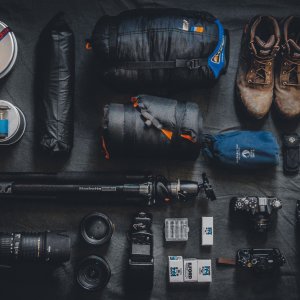 Another vital thing to make sure you do is to check all your camping gear. Most of us have a terrible habit of just tossing our stuff into storage and leaving them there for extended periods.
Another vital thing to make sure you do is to check all your camping gear. Most of us have a terrible habit of just tossing our stuff into storage and leaving them there for extended periods.
It is essential to know the shape your gear is in; you never know if someone tampered with it or lost some of the things you will need to set some equipment up.
Or your gear could have even been ransacked by animals while it was in storage as well. It’s always a good idea to take a headcount of your equipment when you are attempting to plan for an epic adventure.
2. Bring the Essentials
A few things to take thought of is the gear that you do want to bring. Trying to improvise on the spot can be costly when you make it to the campsite, and you don’t have the required things that you may need. Try to remember to bring plenty of lights for everyone. Making sure everyone has access to a rechargeable flashlight is a smart idea and a safe one at that.
 Also, remember to bring plenty of backup batteries since you never do know what can happen when you’re at the mercy of the wilderness. Bringing the right camping tools will also save you a lot of hassle. For example, an air pump.
Also, remember to bring plenty of backup batteries since you never do know what can happen when you’re at the mercy of the wilderness. Bringing the right camping tools will also save you a lot of hassle. For example, an air pump.
Most of us like to sleep on an air mattress when we camp rather than on the ground. It would be an awful shame to get to the campsite and not have that air pump to inflate your mattress.
3. Take Time to Organize your Gear
Once you have taken account of the gear you want to bring, its time to organize. Taking the time to organize your equipment ahead of packing it into your vehicle is always the best option. Making sure everything is in order will save you time when you finally arrive at the location you wish to camp. It also helps to endure that you have everything you need. Making a list and checking it twice will also help with your organization. One of the critical components of a peaceful mindset is knowing that everything is in order the way that you need it to be.
4. Pack Strategically
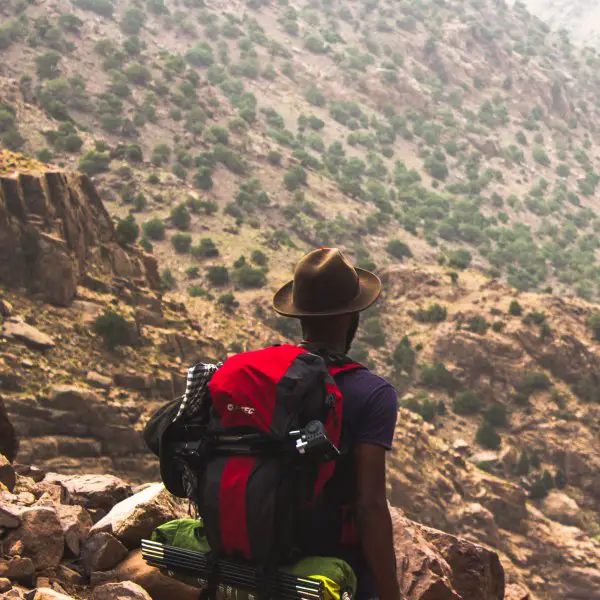 Something elts to consider is to pack strategically. Keeping things, you may need immediately such as a flashlight, or even a blanket or snacks within arms reach will help.
Something elts to consider is to pack strategically. Keeping things, you may need immediately such as a flashlight, or even a blanket or snacks within arms reach will help.
Imagine needing such a thing and having to unpack and re-pack all of your belongings.
Not the best thing to have to experience. By staying organized and on a point, you can ultimately save yourself a lot of time and energy in the long run.
Establishing the Campsite
Once your packed and on the road, the next step is to create your campsite. In a best-case scenario, you have already picked a location to set up your campsite ahead of time. The first thing you are going to worry about is your shelter. Whether you’re in a motor home or pitching a tent. With no place to sleep at night, can you even call it camping?
1. Pitching a Tent
When pitching a tent, you want a beautiful flat area to set yourself up. The less vegetation in your way, the better. It’s important to remember that a respectful camper leaves no trace behind that they have ever been where they were camping. Destroying vegetation and leaving trash behind may have long term effects on the ecosystems you are staying in. And let’s be honest, nobody likes a litterbug. If you can acquire shade or a place to block the wind, then you are moving up in the world. 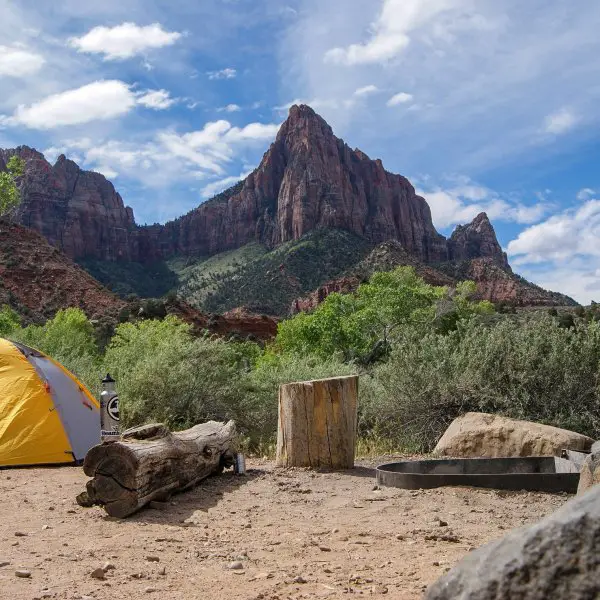
2. Setting up the Rest of the Camp
Once you have established your tent or other sleeping arrangements, the next step is to set up the rest of your camp. Assuming that you planned, most of your essentials should be in a location for quick retrieval. Items such as a headlamp or a flashlight should be stashed in a place where you can retrieve them quickly and hassle-free.
Other things such as first aid kit, water, or phones for an emergency call for help should also be stored in this same fashion. Try to make things predictable when loading or unloading, like we’ve said before and will say again. Planning is key.
3. Keeping your Campsite Organized
Keeping your campsite organized is the smart thing to do. Adapting to your surroundings and staying tidy at the same time is always best. You can even add a homey touch by setting up an outdoor rug to keep your tent clean. Keeping your food area clean and organized is also a must. Making sure your food is stored correctly so animals can’t get to it while your camp is unattended will save you a big headache.
There you have it. Our quick pro tips on how to set up a campsite. Do you have any great ideas that we didn’t mention? Comment below so our community can stay well informed!







